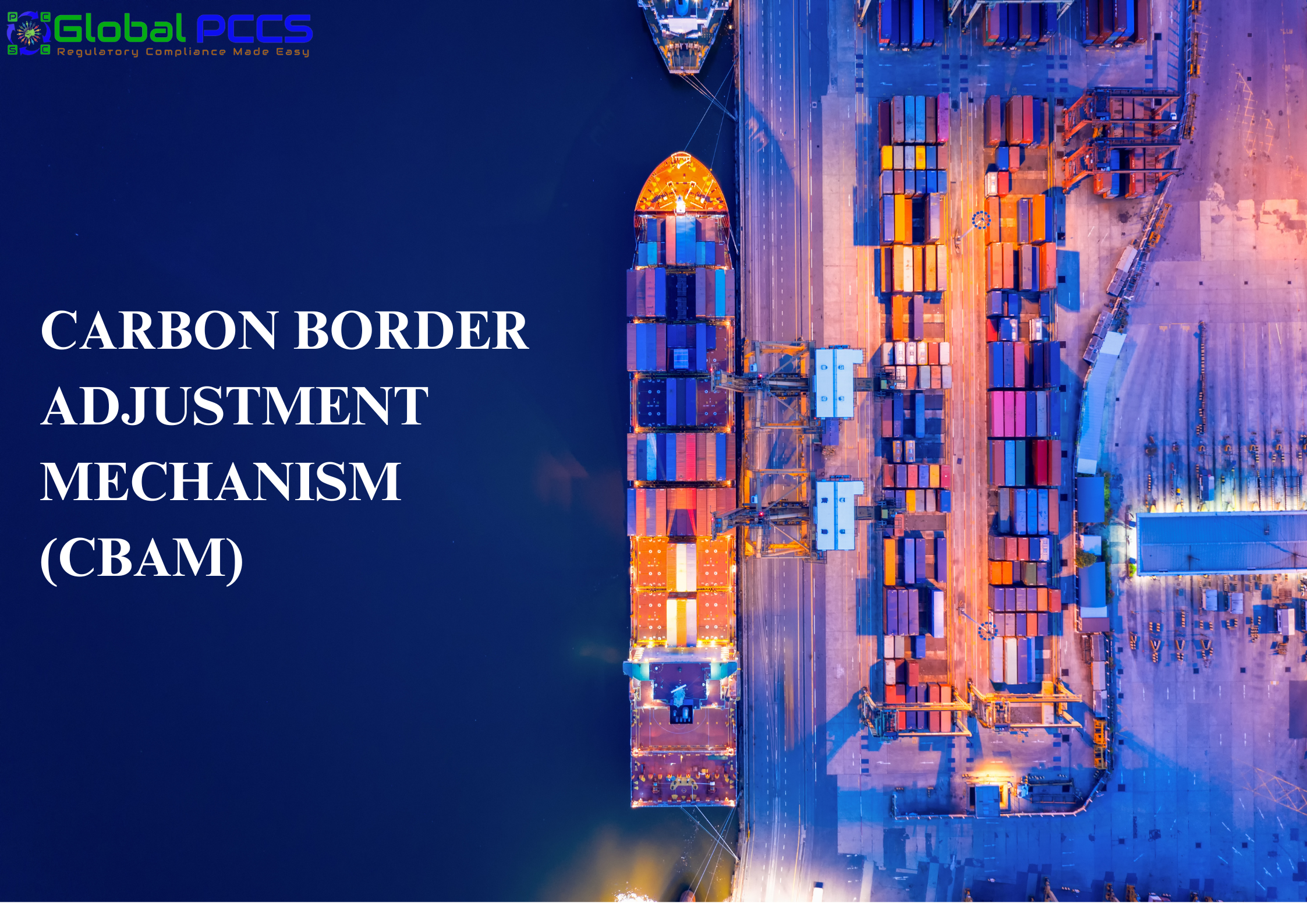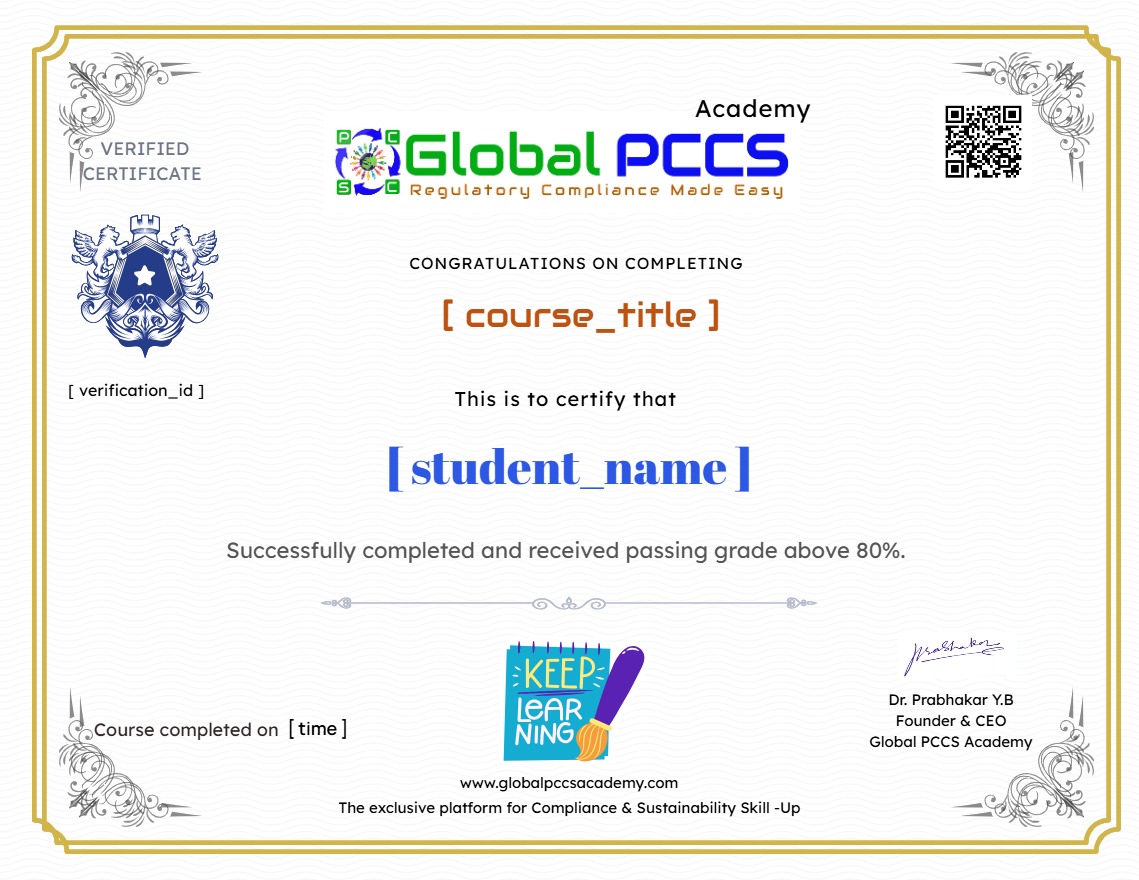Carbon Border Adjustment Mechanism (CBAM) Regulation

About Course
CBAM: Carbon Border Adjustment Mechanism
CBAM is a price adjustment applied to imports into the EU for designated goods based on their CO2 emissions in the production process outside the EU. The aim of CBAM is to prevent the risk of carbon leakage. Also, by encouraging the reduction of emissions by operators in third countries (countries outside the EU), global carbon emissions should be reduced.
Starting from 1 October 2023 designated imported goods from outside the European Union (EU) will fall under new EU regulations: the Carbon Border Adjustment Mechanism (CBAM). Referred to as CBAM goods. CBAM will be gradually implemented. From 1 October 2023, you will need to report on these goods, and from 1 January 2026, there will be a registration and payment obligation.
Contact us for more information: www.globalpccs.com
or Call to: 9380267526
Course Content
Module 1- What is EU ETS and comparing EU ETS with CBAM
-
What is EU ETS?
04:25
Module 2- What is CBAM, Objectives, Impact of CBAM?
Module 3- Scopes of emissions covered
Module 4- What and who is affected by CBAM?
Module 5- How to identify affected products
Module 6- CBAM: Phases & Timeline
Module 7 – Different types of CBAM, Templets, Example
Module 8 – Annexes of CBAM
Module 9 – Fines and penalties & Conclusion
Module 10 – How can Global PCCS help?
CBAM -Test
Earn a Certificate & Up-skill yourslef
Add this certificate to your CV to demonstrate your skills & increase your chances of getting noticed & promoted.

